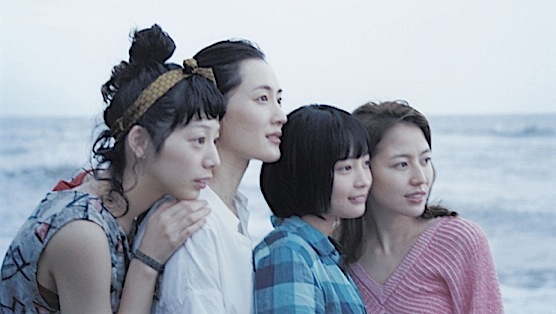
This year in Japanese cinema signaled two significant changes. The first was the large improvement of the adaptations from manga and anime. The primary issues with this kind of productions was their length, since each filmmaker had to fit into the film’s duration a story that (as an anime) usually lasted for about 8 hours (24 episodes).
The other change was the budget, since a large sum is needed in order for scripts based on supernatural phenomena and individuals to be presented accurately, chiefly for the special effects and the set design, as is the rule in Hollywood with comic book adaptations.
Obviously though, the large Japanese film studios, having witnessed the commercial success and the general impact of the aforementioned American productions, also decided to spent substantial sums for the adaptation of the respective Japanese titles.
In that way, both of the problems were solved, since the financing became adequate, up to a point where the titles could be shot into two or three parts, covering in that fashion, the largest proportion of the original story.
The second one was the absence of Studio Ghibli from the anime film scene, mostly due to the alleged retirement of Hayao Miyazaki. As a result, a number of other studios that were active in the field competed for the formers’ place in the market, producing a number of masterpieces.
However, some facts in Japan’s film industry remained the same. Hirokazu Koreeda shot another magnificent family drama that was screened all over the world, as was the case with Naomi Kawase and Sion Sono, who once more directed a quite a large number of films.
Since the majority of Japanese productions appear late in the west, especially the indie ones, the list includes only one of these films.
10. Assassination Classroom (Eichiro Hasumi)
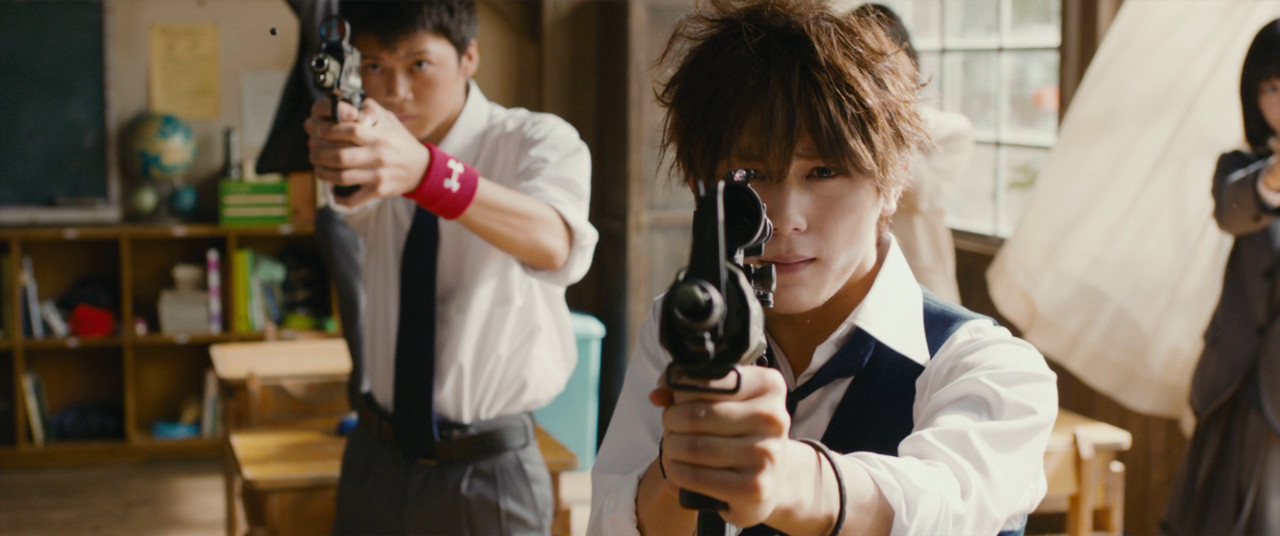
This film is a great sample of the initial trend described in the prologue and entails a genuinely absurd Japanese concept.
A creature that has a smiley face as his head and the body of an octopus destroys a large portion of the moon and threatens to do the same with the rest of the earth. However, it gives humanity a chance to assassinate him before he does so, while he becomes the teacher of the worst class at a prestigious school. Subsequently, the government tasks the respective students with his elimination.
The story has a number of absurd notions and characters, including a killer robot that also becomes a student; an overly sexy female teacher; the fact that the creature is actually a great educator who significantly helps the students while they attempt to kill it; and a plethora of others, all equally ridiculous.
Furthermore, it also includes a number of favorite Japanese movie themes like bullying, racism, individuals who seem innocent but are actually extremely powerful, delinquents, and a mystery that waits to be unveiled.
All of the above resulted in a highly commercial film that only had one significant flaw, regularly found in these kinds of adaptations. The director assumes that the spectators have already read the manga or watched the anime, thus resulting in a slightly incoherent movie for those that have not.
9. An (Naomi Kawase)
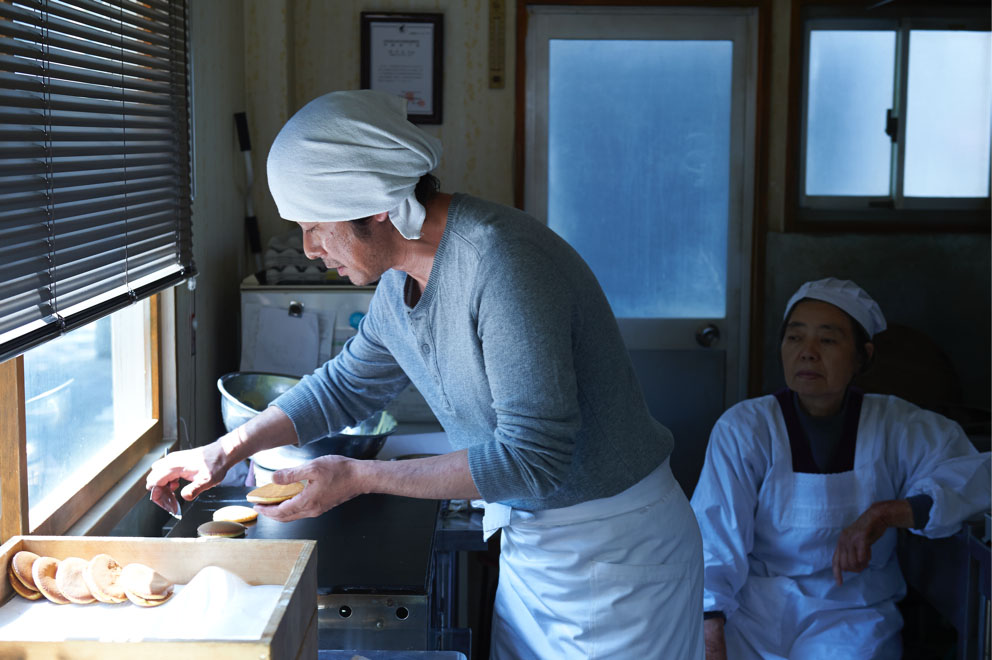
Tokue, a 76-year-old woman suffering from leprosy, discovers a pancake stall during one of her morning walks. The owner, a bored and in debt middle-aged man named Sentaro, is searching for an assistant and the elderly woman does not hesitate to apply. Initially he refuses; however, upon her insistence and her pointing out a flaw in his recipe, he gives her a chance and ends up impressed by her, thus hiring her.
Tokue will live out her lifelong dream, cooking in the stall and flooding everything with her kind nature and positive energy, including Sentaro, who strikes a special relationship with her. Unfortunately, when the clients learn of her sickness, they react negatively.
Probably one of the most accessible films of Kawase, “An” is a bittersweet, though optimistic glance in the lives of the elderly in contemporary Japan and the story of leprosy in the country. Kirin Kiki is sublime as Tokue, and the cinematography is magnificent in a rather beautiful film that has some trouble with its narration.
8. Miss Hokusai (Keiichi Hara)
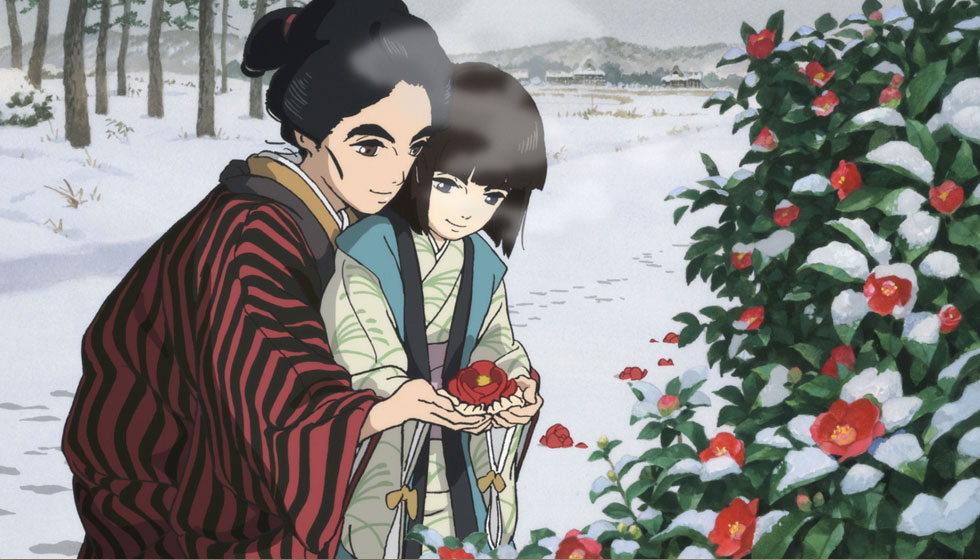
This particular anime is a clear sample of the second change described in the prologue and was financed by Production I.G.
Based on the manga “Sarusuberi” by female artist Hinako Sugiura, “Miss Hokusai” portrays a number of episodes from the life of O-Ei, the 23-year-old daughter of Tetsujo, who became widely known as Hokusai, chiefly due to his painting named “The Great Wave Off the Coast of Kanagawa”.
The girl is quite modern for her era (19th century), since she helps her father by painting erotic drawings that would be considered preposterous even in our days. However, outside their home, she appears as a regular woman of the 19th century Edo.
Not much is known concerning the particular person, a fact Hara exploited in order to present a number of fictional and highly entertaining episodes in the film. Nevertheless, the narration is not linear, presenting instead a number of disconnected events in O-Ei’s life, as is also the case with the original medium. The film won four awards at the Canadian Fantasia Film Festival.
7. Journey to the Shore (Kiyoshi Kurosawa)
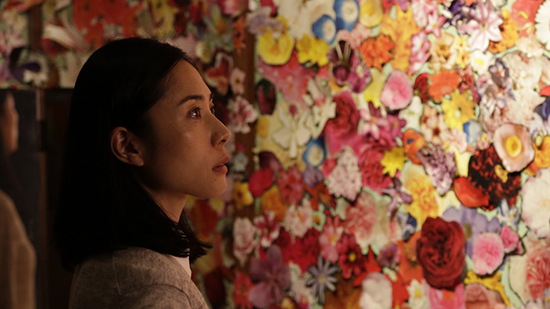
Mizuki, a young piano teacher, returns home after work and sets about her regular, melancholic routine. Eventually, Yusuke, her dead husband appears in the apartment unexpectedly, a fact that does not seem to scare or surprise her.
Instead, she acts as if she expected his return, gets him something to eat and begins asking about the three years since his death. Subsequently, she embarks with him on a journey through all of the places he has wandered, in order to thank those who helped in his journey from death to life.
Their path will be revelational, both concerning the world of the dead and its differences with the one of the living, and of personal matters that neither seem to have realized about each other. In their travel in the Japanese mainland, in the villages and the country, they meet with a number of everyday characters, including a newspaper deliverer, the owners of a restaurant and the family of a farmer, in a film that looks much like an odyssey.
Kurosawa portrays an unnatural concept in the most natural of ways, thus connecting, in a way, his earlier works of supernatural horror (“Pulse”, “Cure”) with his social dramas (“Tokyo Sonata”). In one of his most tender films, Kurosawa uses Japanese tradition to present an exquisite love story that balances between the metaphysical melodrama and the physical romance.
Minimalism, his directorial trademark, is also present here, in both his motifs and his notions and becomes even more powerful due to the restrained performances by the excellent Tadanobu Asano and Eri Fukatsu. All of the above amount to a truly lyrical poem regarding love and its absence and the resulting grief.
6. The Boy and the Beast (Mamoru Hosoda)
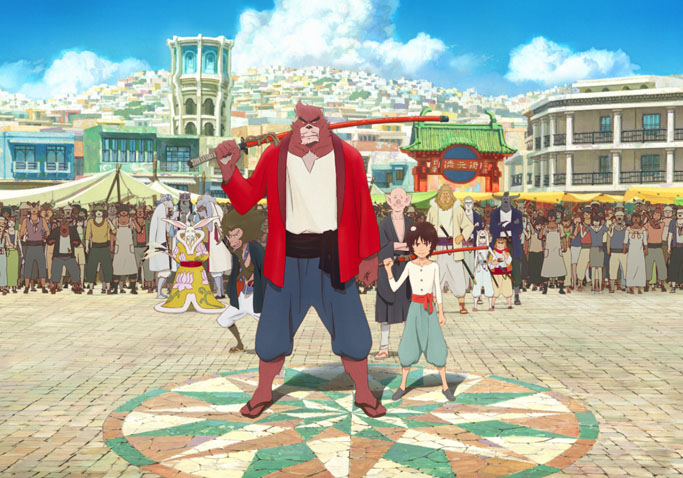
This is another splendid sample of traditional anime techniques and themes, this time from Studio Chizu and one of the most acclaimed contemporary filmmakers of the genre, Mamoru Hosoda (“Wolf Children”, “The girl who leapt through time”).
Nine-year-old Kyuta’s mother has recently died, leaving him in the care of relatives he despises. Eventually he runs away and stumbles upon the parallel dimension of Juntengai that is inhabited by monsters.
The lord of that world is about to retire and is set to appoint his successor between two extremely different characters: the noble Iozen and the loner, bearlike warrior, Komatetsu. Eventually Kyuta ends up being the latter’s apprentice, in a peculiar teacher-student relationship. After some years, the adolescent Kyuta returns to the human world and falls in love.
Hosoda directed a film that was bound to be commercially successful due to a number of Japanese fans’ favorite ingredients: lonely teenagers, supernatural beings, humorous moments and a plethora of epic battles. As is the rule with Hosoda’s films, the visual aspect is spectacular, particularly the various battles.